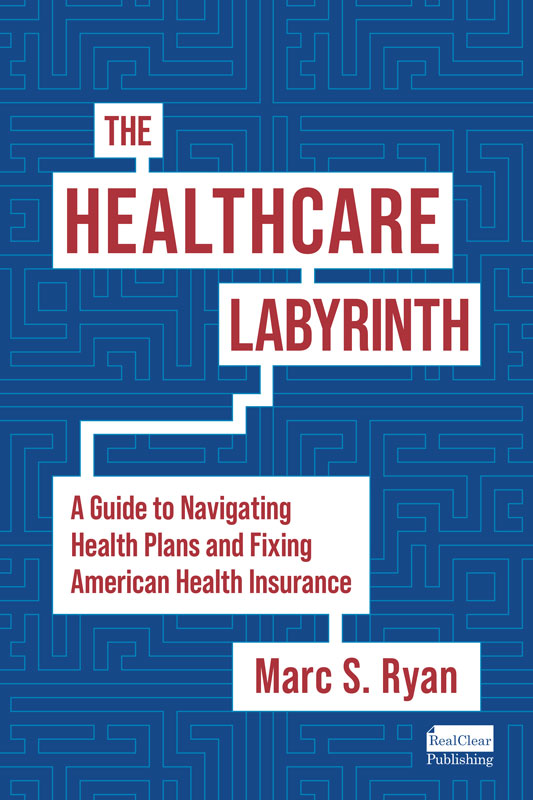The Congressional Budget Office (CBO) has reported one of those weird conundrums in healthcare when it outlined expected cost increases in Medicare and Medicaid for 2024. The CBO said that Medicare is expected to shoot up dramatically just as Medicaid expenditures will drop considerably as well. How is that possible?
Let’s dig in here.
Medicare
The CBO says that Medicare spending will increase by about $65 billion in 2024 to $865 billion. That is an increase of about 8%. The significant rise in expected Medicare costs is driven by a few different things:
- Aging in America, which is pushing the number of Medicare beneficiaries up year over year.
- Larger payments to Medicare Advantage (MA) plans, in part due to rising enrollment in the private managed care alternative as well as what many would say are overpayments compared with the traditional fee-for-service (FFS) program. You know about my views about overpayments. While some reforms need to be made, critics tend to paint an inaccurate picture of MA costs.
- Larger Part D payments, in part due to rising costs and more people.
In the outyears, outlays for Medicare will equal 3.2 percent of gross domestic product (GDP) in 2025 and increase to 4.2 percent of GDP in 2034.
Medicaid
On the flip side, the CBO says Medicaid expenditures will decrease by $58 billion to $557 billion. This is a drop of about 9%. The reason for this drop is driven by two factors:
- During the COVID pandemic, Congress passed a relief act that increased federal reimbursement temporarily to states for Medicaid. In return, once an individual qualified for Medicaid, he or she could not be removed for the pandemic’s timeframe. Congress ended the public health emergency and redeterminations of eligibility began again in April 2023. Everyone has to re-establish eligibility within state guidelines.
Since that time, the Kaiser Family Foundation (KFF) reports that almost 17 million were initially thrown off Medicaid, most of them due to procedural issues (70%) ( Feb. 13 report: https://www.kff.org/medicaid/issue-brief/medicaid-enrollment-and-unwinding-tracker/ ). Some do end up getting eligibility back over time and of course others gain eligibility as well. But overall numbers are down considerably. KFF has found that as of now about 9.5 million fewer Americans are enrolled in Medicaid or the state children’s health insurance program (SCHIP) since the 94 million enrollment peak just before redeterminations began again in April 2023 ( https://kffhealthnews.org/news/article/health-202-medicaid-unwinding-enrollment-data-states/ ).
- In addition, the enhanced match reduction will also lower federal reimbursement to states for Medicaid services from an average of 5 percentage points in 2023 to 1.5 percentage points in the first quarter of 2024 and to zero thereafter.
In the outyears, federal outlays for Medicaid dip slightly to 1.9 percent of GDP in 2025 and remain there through 2027. Outlays gradually climb to 2.2 percent of GDP in 2034.
Resources:
https://www.cbo.gov/publication/59946
#medicare #medicaid
— Marc S. Ryan





